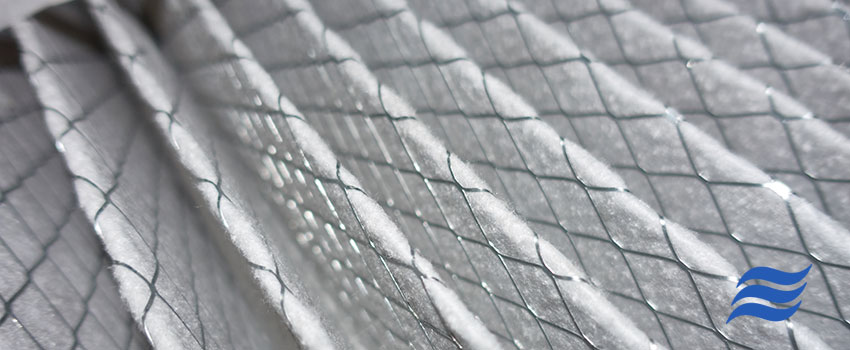
The Top 10 Causes of HVAC Airflow Problems
Airflow problems in your HVAC system can cause hot and cold spots in your home, weak or zero airflow from the vents and higher-than-average energy costs.
Luckily, the underlying causes of HVAC airflow problems are pretty limited and can be easily figured out.
Listed below are the top 10 things we regularly see causing airflow problems in HVAC systems on our call outs.
1. Obstructed Condenser Unit
This is really common and easy to fix yourself!
If your condenser unit is outside, it's highly likely to get obstructed with leaves or debris. Systems in mechanical rooms can also be obstructed by items stored nearby.
Your system can overheat when there’s not enough airflow to the air conditioning unit – make sure the area around it is completely clear.
2. Clogged & Dirty Filters
HVAC systems need to breathe, and air should circulate freely throughout the system. Dirty, clogged filters restrict airflow. This puts the system under pressure, forcing it to work harder to maintain the airflow settings you've selected. Dirty and clogged filters can also create serious indoor air quality issues.
3. Dirty Condenser Coils
Your air conditioner's condenser coils have an important job to do – they release the heat that’s removed from your living space.
As part of the outdoor unit, coils can get exposed to extreme weather conditions, which means the coils can get dirty and is unable to release the heat collected. When this happens, your system has to work harder for the same results – which can result in airflow problems.
4. Thermostat Failures
Thermostats are often overlooked as the cause of airflow problems, but they should always be checked. Some thermostats may have batteries that need to be replaced. Sometimes there can be problems with the thermostat settings that need to be diagnosed and fixed.
5. Low Refrigerant Levels
This is one of the most common problems with HVAC systems, especially when they are not being well maintained. An air conditioner leaking refrigerant can cause airflow problems. You'll also notice a gradual decline in the overall system's performance.
6. Mechanical Wear and Tear
Your HVAC system has a number of mechanical components such as belts, bearings and motors. Normal wear and tear can cause overheating, poor cooling, heating and airflow problems. Lack of maintenance accelerates wear and tear, making the system more expensive to run.
7. Blocked Vents
Often overlooked, a really simple cause of decreased airflow is blocked vents. Sometimes they're blocked with something inside the duct, sometimes they're blocked by furniture – yes, we've seen it more than once! This can happen accidentally (someone moves a sofa and forgets to move it back) or just through day-to-day use (a build-up of dirt or a hidden nest from an unwelcome guest).
8. Slow Fan
Your HVAC fans are what keep all your air moving. If the fan motors are sluggish, your airflow will decrease. Sometimes, the fan's blades can be in need of a bit of TLC – once they've been given a good clean, your airflow should improve.
9. Lack of HVAC System Maintenance
This might sound obvious, but you'd be surprised how many people we meet who don't look after their HVAC system!
Without regular check-ups and maintenance, HVAC systems have a shorter lifespan and can cost a lot more to run than they should do. Unloved HVAC units can regularly break down and result in unexpected, expensive repairs.
How to Prevent Airflow Problems in Your HVAC System
Most of the culprits behind bad airflow can be solved with a good clean and check-up of the HVAC system. Regular HVAC maintenance can prevent every homeowner's nightmare – complete HVAC system failure.
Getting your system checked means the trained technician that's testing your system can catch any issues before they become urgent system-stopping problems.
Here are some of the tasks your HVAC technician can take care of to improve the HVAC airflow in your space:
- Measure airflow to determine the severity of the problem
- Clean/replace air filters
- Clean fan blades
- Inspect & adjust motors
- Inspect your ductwork for blockages or leaks
- Clean coils
- Inspect your HVAC design and recommend modifications
